Q: What easy ways can I use to dry flowers?
A: There are 3 ways: air drying, flower drying crystals/silica gel and dry flowers in a microwave.
Q: List of flowers to create dried flowers.
A: Generally speaking, all the fresh flowers can be made into dried flowers. But if you want to get a better result, it’s wise to choose floral materials according to different drying methods. One of the simplest ways is air drying. You could pick flowers that are easy to dry naturally, for example: Lavender, Billy Buttons, Daisies, Gypsophila, Globe Amaranth and small rose etc. Some large floral materials are not suitable for air drying, so using flower drying silica gel is a better idea. These flowers include: Gerbera Daisy, Violet, Sunflower and Hydrangea etc. When we use the small flowers to create dried flowers, they give off fresh-cut grass scent which is very nice.
Q: When I dry flowers, will the size of flowers make any difference to the final result?
A: Yes. The bigger the flower the more water it contains, so it takes longer to get dry. We use the rainbow roses we dyed before and the Avalanche white roses to finish this dried flower experiment. Because the roses are quite big, so it took us around a month to have the following result. But if you use Billy Buttons, Daisies and Globe Amaranth with air drying way, you will see obvious changes after 2 weeks.
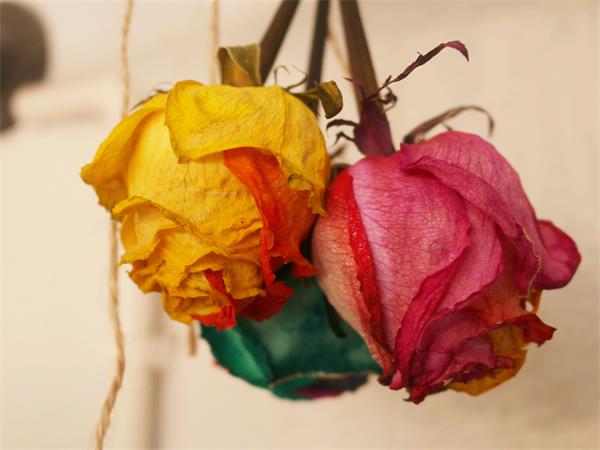
Dry dyed rose
Q: Where can I hang the flowers when using air drying method?
A: Choose somewhere cool and dry. You may hang your bouquet up side down on the wall of your living room to make an art wall; or you can hang them on different things like clothes hanger, closet, folding screen or even the ceiling.
Q: Why do we need to avoid direct sunlight when making air drying flowers?
A: Direct sunlight can cause color fading and lose the beauty of dried flowers, even worse, it shorten the preservation period of dried flowers. So we suggest hanging the fresh flowers in a dry and cool place for air drying or using the freeze dry equipments for dried floral.
Q: How long should we keep the stems when we use air drying?
A: The shorter the stems, the quicker the water evaporate and the faster the flowers get dried, but the lengths of the stems depend on the usage of the dried flowers. If you use the dried flowers to make bouquet, you need longer stems; if you use them to make flower box gifts, the stems can be shorter; if you just need the petals and foliages to make some dried flower art, you don’t have to keep the stems at all.
Q: What’s the best season for creating dried flowers?
A: The cool and dry autumn is the best, try to avoid the humid season in Hong Kong from March to May.
Q: How do I know the flowers are completely dry?
A: When we use air drying method, the flower stems will slowly turn into brown color after about 2 weeks, that means the flowers start to dry. When the petals get dried, they become fragile, so we suggest you remain the flowers in the same place until it’s finished or the petals will easily fall over or broken. When using the flower drying silica gel, it takes much shorter time to dry fully- about 2 to 7 days. But once it’s dried, the whole dried flower becomes very fragile, so we need to use tweezers to pick them out from the container.
Q: What’s the difference between DIY flower drying crystals and orange silica gel?
A: The professional floral drying crystals are designed for creating dried flowers, so it’s more reliable to use and the result is excellent too. The flowers retain their original color and shape which is good for re-designing dried flower artwork. The orange silica gel is widely used in the humid weather to absorb moisture in the damp places to keep dry; they can also be used to create dried flowers but the result is not so ideal. It takes about 2 to 3 weeks to turn the flowers dry and the dried flowers are not in the same shape or colors as before. We don’t recommend this method.
Q: Why do we need to cover the flowers completely with flower drying crystals but not the orange silica gel?
A: Fully cover the whole flower with flower drying crystals can get the best dried flower result; as these crystal silica gels are small and light, they won’t hurt the flowers when they are placed on top of them. On the other hand, the orange silica gels are bigger and heavier, so they might break the flower petals- not recommended.
Q: What do I need to know when I dry flowers with microwave?
A: It takes a short time to dry flowers in the microwave, but remember it’s only suitable for relatively small/flat flowers or leaves such as Daisy, Rose, Calendula, pampas grass and Papyrus.
Related article:
How to create pretty dried flowers
This is a Hong Kong GGB original 'DIY Dried Flower FAQ' blogpost.



 Share
Share Tweet
Tweet +1
+1  Pin it
Pin it Post
Post  Weibo
Weibo Review
Review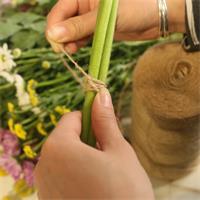


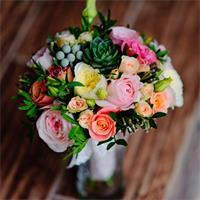
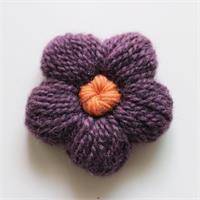
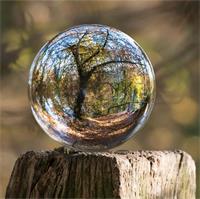

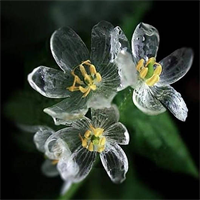
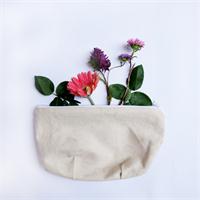





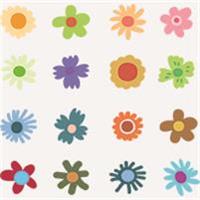





 Diwali Gifts
Diwali Gifts 
 ▶
▶